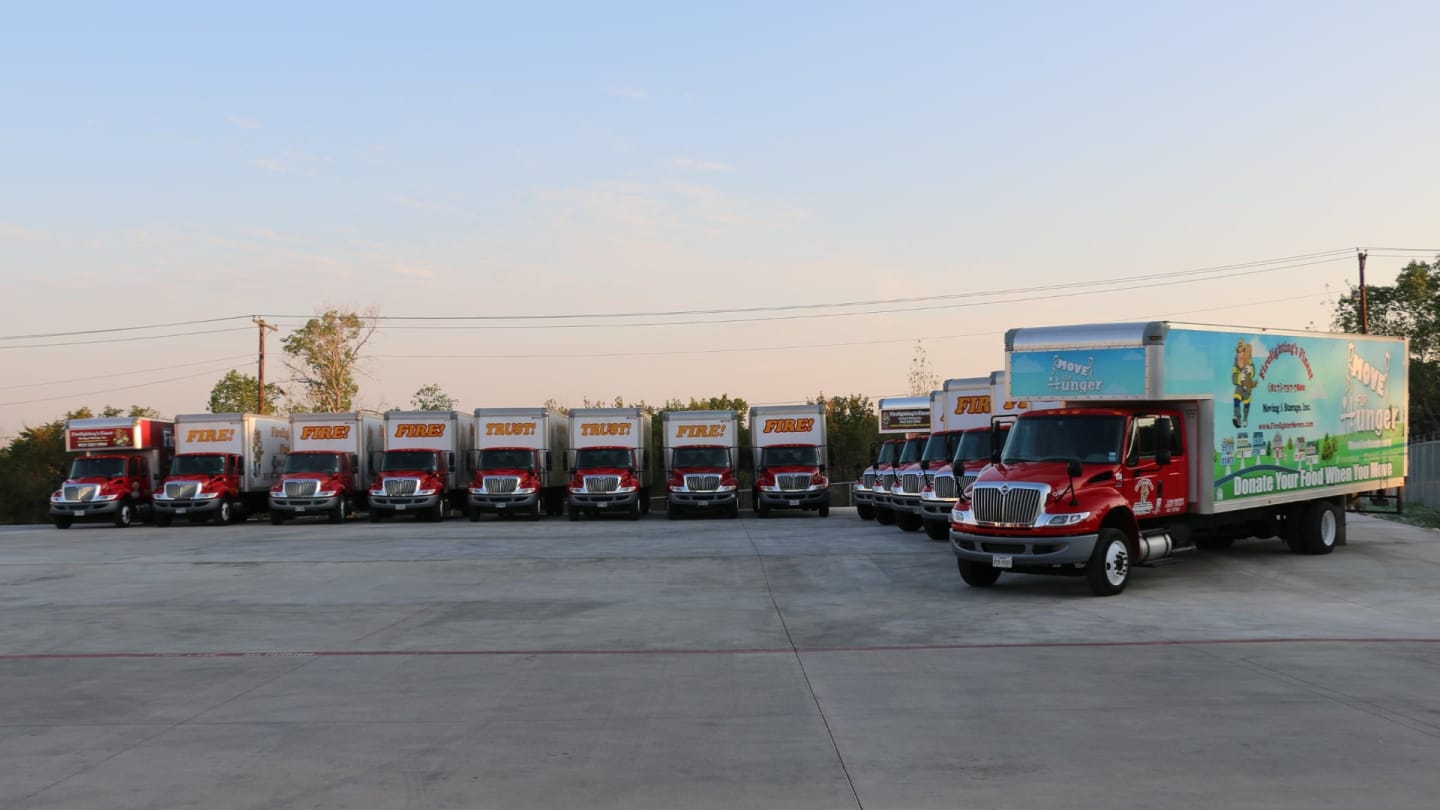Here are some things you probably know about pianos: they’re heavy, delicate, and have 88 keys. What you may not know is that they are extremely complicated, and commonly have more 10,000 moving parts. If you are preparing to move, you may wonder how to safely move something so fragile and yet so complex. What’s more, even if you have experience moving an upright, you might not know how to move a grand piano successfully. Honestly, your best bet is probably to hire professional piano movers. If you want to do it yourself, though, we have some advice on how to safely accomplish that monumental task.
Preparing for the Move
Before you touch the piano, there are some things you need to take care of first. You will need the right equipment, and you will also need to make sure the piano will fit into all the spaces you intend to put it.
- First, measure the space where it’s headed, including the room, doorways, stairs, noting any obstacles that may be in the way.
- Next, make sure you have the right equipment, including piano dollies, straps, padding, and, if you are moving a grand piano, a piano board or piano skid board.
- Take care to get the right sized moving truck to move your piano.
- Make sure all the paths are clear between your piano and the truck, and between the truck and the location for the piano at the new house.
- Double check your path, making sure any stairs can bear the weight of the piano and there are no obstacles in your way.
Moving the Piano
When you move an upright piano, you will put it on a piano dolly, intact. The steps for how to move a baby grand piano, however, are more complex. Moving a baby grand or grand piano requires removing the legs first, then securing the piano to the piano board with straps and a screwdriver. Put the piano on the moving truck first, securing it with straps and ropes so it does not move around during transit.
After the Move
Expect your piano to need retuning after you move it, at the very least. In some cases, the piano will need to be reconditioned. Call around to shops that sell pianos for recommendations on experts who tune pianos.
Dos and Don’ts of Moving a Piano
- Do use the right equipment when you’re moving a piano. You will need four-wheeled piano dollies, specially made piano padding, and designated piano straps. You cannot rely on cargo straps to secure the piano and protect it from damage.
- Do secure the keyboard lid. In order to protect the sensitive inner workings of a piano, the lid must be closed and secured.
- Do measure everything. The piano, the hallway, the doorways, the rooms, the truck- everything should be measured and remeasured to avoid trouble relocating your piano.
- Do make sure your piano is securely fastened. The last thing you want is for your valuable instrument to slide around inside a moving vehicle.
- Do remember that pianos are heavy. Pianos can weigh between 500 and 1500 pounds, so this is not a job to take on without serious thought and preparation.
- Do hire a professional to help you. This is the smartest course of action, even if you want to move it yourself. A professional piano mover will have the right equipment and will know how to disassemble and reassemble the piano if necessary.
- Don’t neglect to get help. It will take at least three adults to move even a small piano safely, and dropping a piano is bad news. The best idea is to get professional help, rather than relying on your buddies to take on such a big responsibility.
- Don’t try to move a piano too quickly. Trying to move too fast can result in injury, not only to the piano, but to the house and the people moving the instrument.
- Don’t consider moving a piano on its back. Putting the entire weight of the instrument on one side can cause significant damage to your piano.
- Don’t rely on the piano’s casters. The little wheels on the bottom of the piano legs are not meant for moving the instrument long distances, and they are likely to break if you try to use them to move a piano across or out of a house.
- Don’t ever wrap a piano in plastic. Plastic is not breathable, and preventing air circulation to the piano can damage its delicate parts.
- Don’t wait until the last minute. Plan your piano move well in advance, to avoid damage to your delicate, expensive equipment.
How much does it cost to move a piano?
This varies, and it pays to get estimates. Be very specific about where you’re moving, asking “How much does it cost to move a piano locally?” or indicating your destination if it’s a long-distance move. Depending on where you’re moving the piano, the cost could be anywhere from $300 to $5,000 or more. Typically, you can expect to pay between $350 and $1,200, but you should make sure you are clear on the costs before you begin. Additionally, you will want to tip the piano movers adequately for doing such a big job. However, if you think you can move it yourself and avoid the costs, consider that you will need to pay for labor, truck rental, insurance, and fuel, and by moving it yourself you run a greater risk of damaging the piano.
Trust the Professionals to Move Your Piano
Don’t try to move a piano yourself, when you can trust the experts at Firefighting’s Finest Moving & Storage. We are dedicated to providing efficient, safe, and professional commercial and home moving services, as the reliable moving partner you can trust. Founded in 2001 by two off-duty firefighters, we’ve grown to serve not only the Dallas/Fort Worth area, but also Houston and Austin as well. A locally-owned-and-operated business, we exceed all state and federal requirements for a moving company and can handle all of your moving needs. Call 844-715-6625 or visit our website for an estimate.







